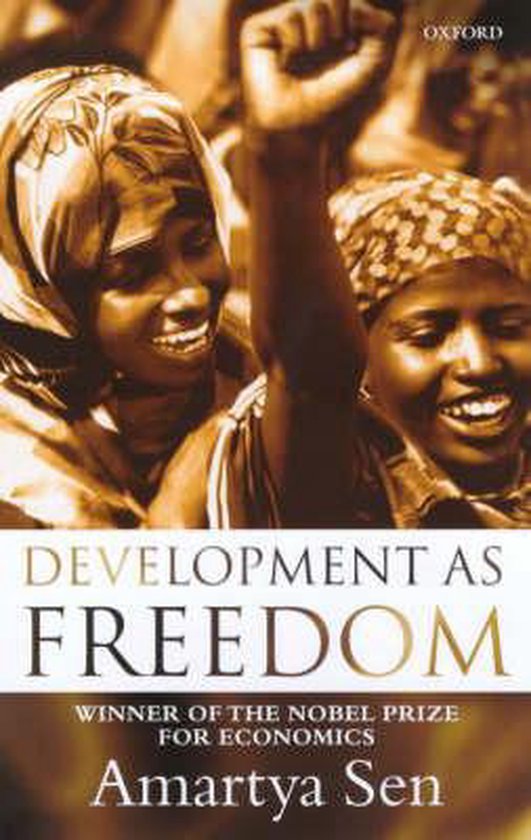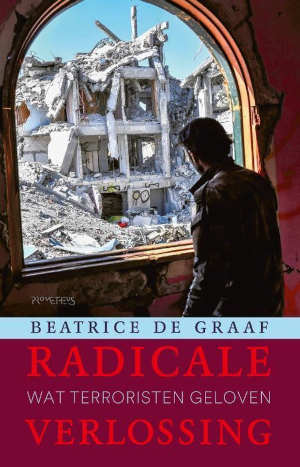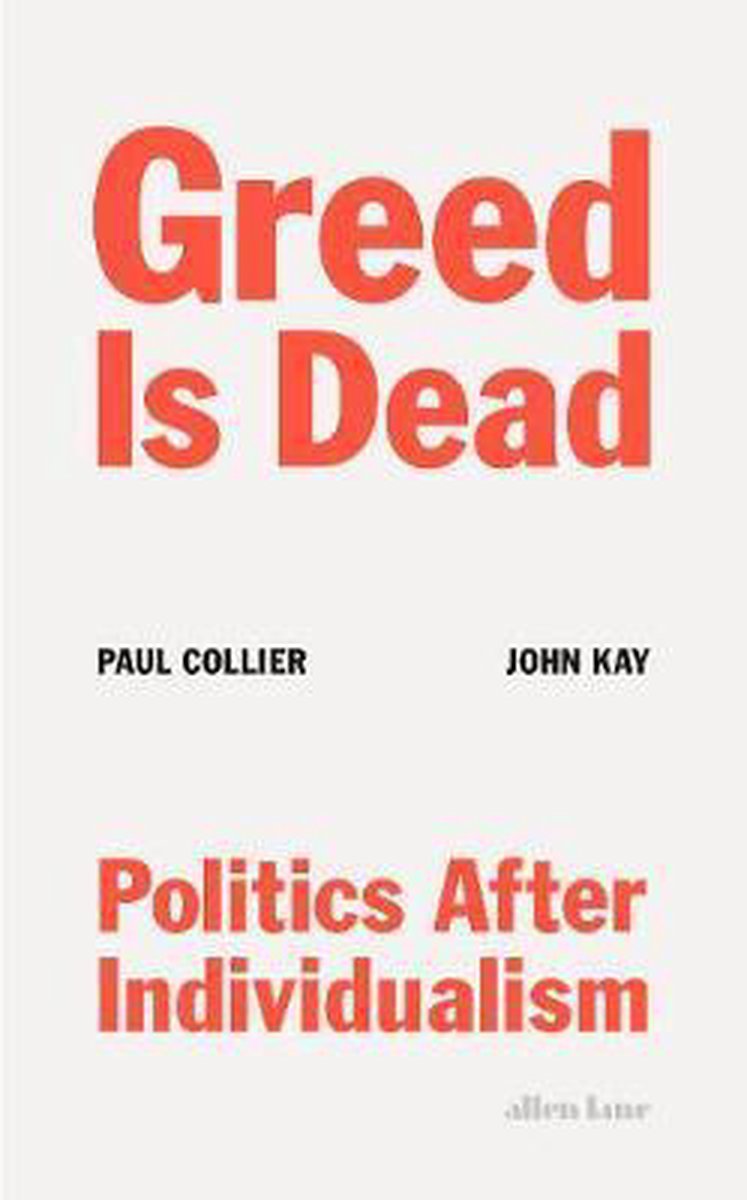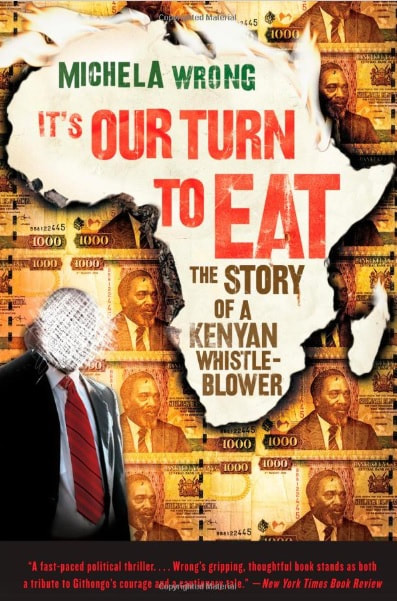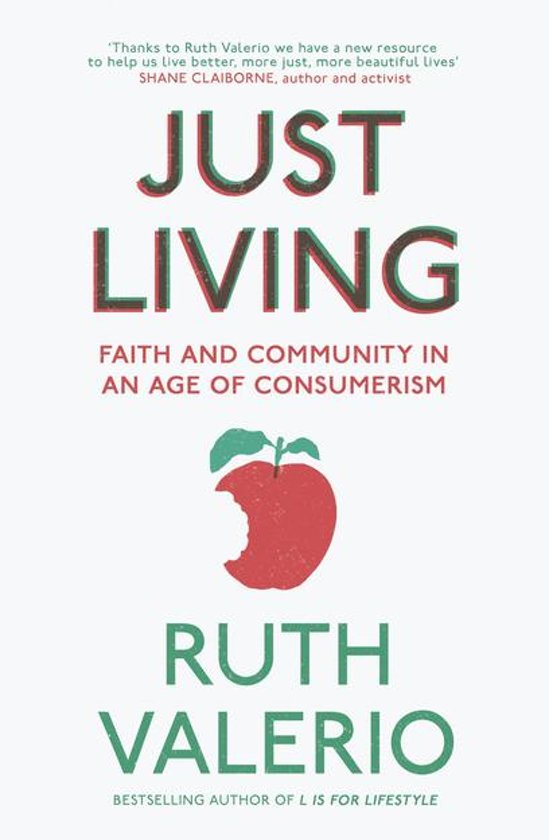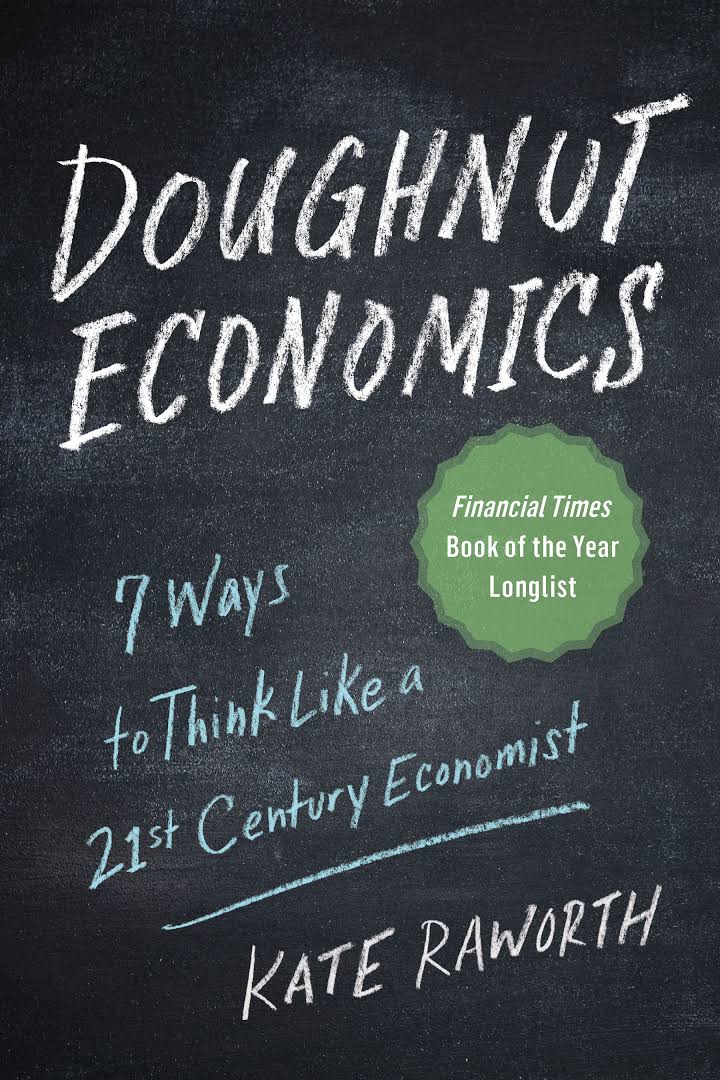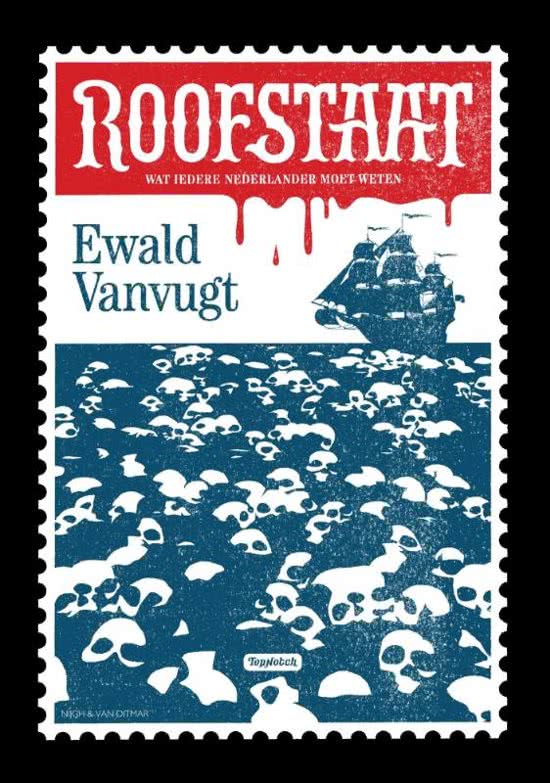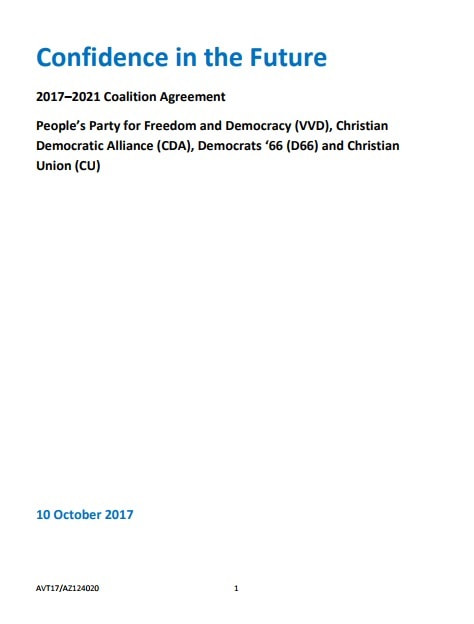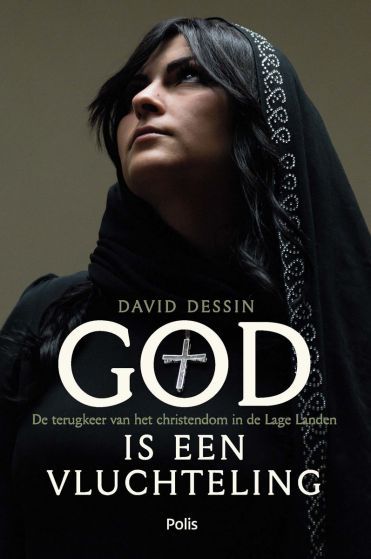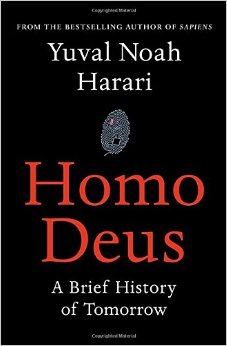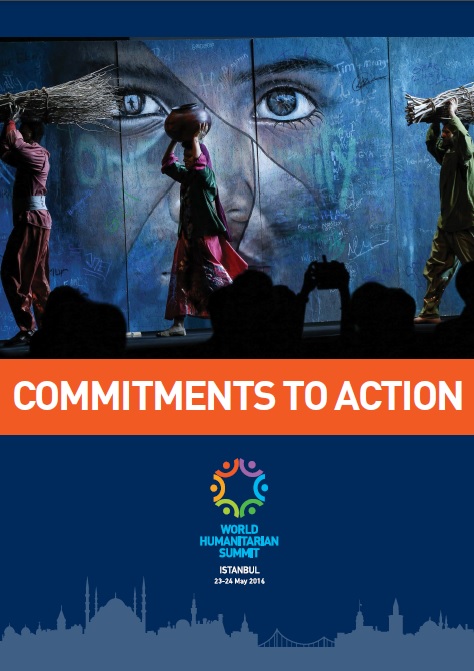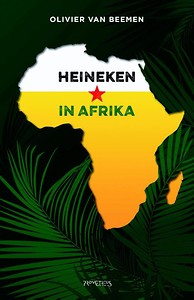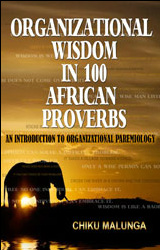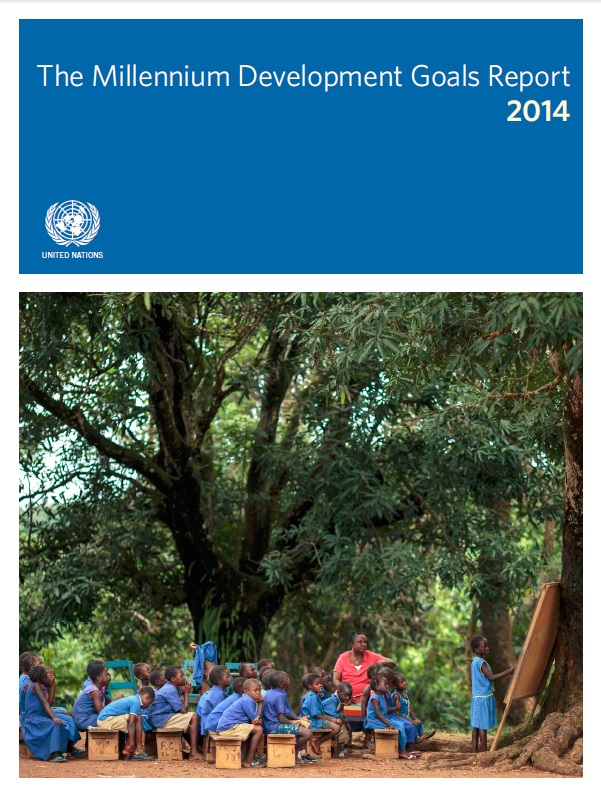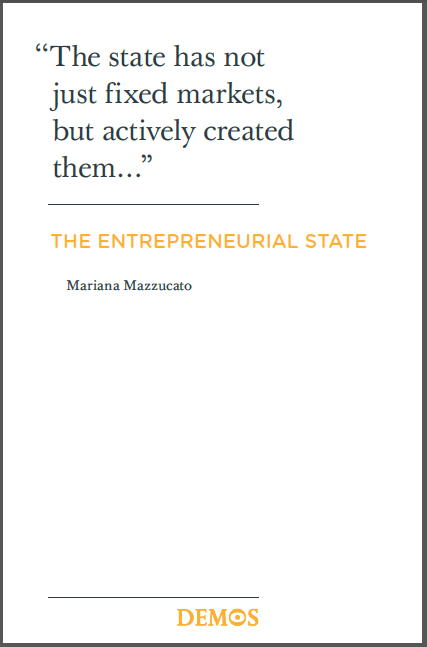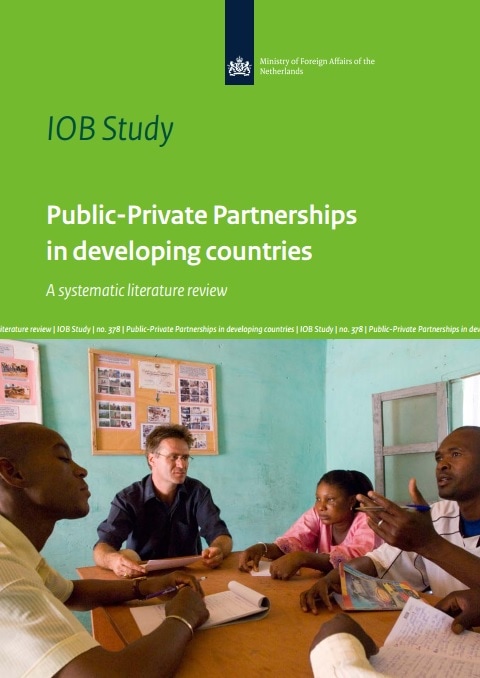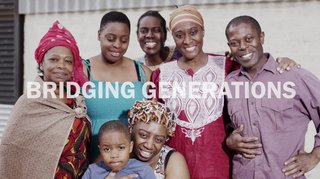 Several Dutch development agencies still maintain organizational structures that would much better support a production factory than the entrepreneurship model that is required today. New leadership is taking on the required transformation, raised in modern business management schools. However, will they succeed? It struck me that various development organizations in my direct environment are letting go of the old departmental hierarchy model and start working with self-steering project teams to trigger a more entrepreneurial spirit. It builds on the idea that we often harbour more skills, network and experience in ourselves than our job-descriptions will mobilize. For example: people feel constraint to do marketing if they are not part of the marketing team, while possibly the best positioned to take on marketing in the current digitally connected world are the first line responders. Hence the idea to constitute project teams that bring together a team with complementary skills, networks and experience that work together on specific projects. However, the big question is how do we get from A to B. Especially when B is not all that clear to everybody and cannot be captured into a simple and straightforward organizational model that presents a clear staff- and line-management structure. Secondly, where should all these middle-managers be heading for. Should they become peers to staff they previously managed? And what about good managers? They may not necessarily be the best implementers but have other skills to develop their teams: allocate time efficiently, ensure systems are in place and keep people in check, carry out performance appraisals. Who is going to do all of that? And who is to manage the size of portfolio's and ensures that all costs are covered? So, everybody senses the need for some rigour to be maintained while building sufficient flexibility to facilitate entrepreneurship. Institutional change required Also, the institutional environment of development actors should evolve. This environment is still dictated by the old Taylorian school of increasing efficiencies through corporation and division of labour. Institutional donors, requiring agencies to compete to deliver on projects and programs, basically have embraced the market-based model that dictates who wins the bid. Relations matter less or could even hamper a due diligence approach. International NGOs themselves have contributed to this by raising their corporate profile through branding, linked to professionalized lobby on key-thematic areas that help shape their corporate identity. Phrases like: "we want to be world-class experts in..." frequently feature at strategy sessions at corporate level. The focus shifts from 'where the needs are' to 'where we are good at', or ‘our policy goal’. For example: discussions around the Sustainable Development Goals do no longer circle around whether or not the SDGs do present useful lenses that helps us understand the complexity of the challenge at hand, but help us to position our organization in the global development landscape. Hence the aim becomes to identify the SDGs that are most relevant to our mission rather than considering the framework of all 17 SDGs as a guiding instrument for all our actions. In the field At the bottom end this results into a myriad of agencies with a presence in a certain locality, often working with a single sector or bureau on a very specific problem. Hence, when a disaster strikes, you may find a lot of capacity available in terms of personnel, cars, etc. but a marginal proportion of it can be mobilized to deal with the disaster. Rather agencies are busy with the impact of the disaster on their operations and how to be answerable to the donor who paid them for the specific service delivery, which is impeded or even aborted by the crisis. How do you do education around family planning and contraception as a development agency in an area where people are busy with their herds preventing massive starvation and where families need to employ all sorts of coping strategies, ripping families apart? Or even closer, how to implement a major cattle vaccination campaign when cattle are undernourished and cannot be vaccinated? No easy answer There is no easy answer to the questions raised above. However, what it boils down to is that at least local decision-makers should feel better in control of resources allocated through central planning mechanisms, be it with donors or with the central government. They could be helped in this endeavor by agencies that employ a so-called area development approach, trying to be partner to both the community and the local governing bodies in bringing the resources in at the appropriate time or mobilizing them from the community itself. These agencies may not necessarily have the capacity in place to compete on very specialized calls for proposals, which they could leave to other agencies, but they could link up to them. A better interplay between long-term development partners (in a specific locality) and specialized agencies that may be called in to deliver a specific service, would benefit long term development efforts a lot. Geographies or themes I remember many discussions in development agencies about whether they should organize themselves geographically or thematically. The first approach typically translates into country specialists and local country offices that helps implementing programs funded by international donors. The country specialist functions as an intermediary between state and non-state actors both at home as well as in the recipient country often through own implementation capacity in-country. The second approach brings experts from within the organization to any country situation where the desired expertise is required and apparently not locally available, often followed by a Training-of-Trainers approach, hoping for the uptake of the new technology or ways of working with the local organizations whose capacity is built. For this approach the building of local capacity is often prioritized. Added value is created in both situations. Knowledge is managed in both situations as well. M&E systems will need to be in place for both. And so on. Consortia Occasionally you will find agencies from both sides of the spectrum in one consortium. If properly managed they will realize that one part of the consortium could be the implementing vehicle for the other part of the consortium, which would lead to a great symbiosis where access to specific target groups and/or areas is combined with access to specific knowledge and expertise. I would plea for better consortium management in which agencies are forced to reinforce each other. Some agencies will participate due to their long-term presence in a certain area, while others participate due to their specialised knowledge required at a specific time. However, rather than having the SDGs determine which agency is best positioned to take the bid forward, I would argue that local level decision-makers should be in the lead as to what kind of support is delivered at what time. For the sake of clarity of the argument, I have left the political dimension outside the scope of this article. Questions around legitimacy of local decision-making need to be answered. Also it is clear that prevailing donor agendas are not necessarily focussed on what is the best solution locally. And even community based approaches often miss-out on the larger picture of a catchment area or impacts on other communities. In terms of governance the interplay between central planning authorities and local-level planning should be maximised, including cross-border dimensions of certain livelihood challenges. However, the same is true for non-state actors with central planning "authorities". If not sufficiently informed by local level realities, they tend to go off-track and end up serving political agendas of the powerful rather than stand by the powerless. Hybrid forms of cooperation It is for this reason that I would plea for combining long-term partnerships that carry a history of cooperation over many years with short-term technical inputs from specialized agencies, preferably in cooperation with local knowledge partners (like local universities or local specialized agencies). Hence: project teams that function across organizational spaces with a clear mandate and limited timeframe. What this entails in terms of organizational structure (as discussed above) is still unclear. The optimum cooperation between (former) departments within organizations should at least be complemented by effective mechanisms of cooperation outside the organization where longer-term engagement with certain localities is combined with specialized input that help connect the dots between local and global development agendas. This will ensure that support provided is embedded in longer-term relationships of accountability that builds a local knowledge body that serves the local development agenda and is selective in terms of what agency to involve when. Donors would do well in acknowledging this important role of local development partners, building conditions in their contracts not necessarily requiring track record in number of projects or expertise but rather in engagement with a certain locality or target group over a longer time-frame. Umoja The UN is reforming its systems to support more togetherness in the way they administer their programs. The name of the new system is not fo no reason "Umoja", which is the Swahili word for "unity" or "togetherness". For those who have worked with the UN you know what a challenge this often offers. Also corporate INGOs face this problem at times. I am seeing the IT industry, in particular packages like Microsoft Office 365, gradually sorting this out for them. And throughout my career I have come across the same consultants offering similar services to update systems to comply with Office 365 standards and cloud-based system administration. Although I am hopeful this will indeed bring about the sort of system change we need for corporates to better manage their business, in the end it is not about systems but about people. Tearfund adopted Umoja already years ago to name their community mobilization approach in working with churches. What I like about the approach is that it challenges churches to step out of their comfort zone and care-taking of their own community members and contribute to the wider community. what I really like about the way this is rolled-out is that it also targets churches in Western societies (like in the Netherlands) to learn from the African churches what Umoja is all about. True reciprocity that our sector is so much in need of. Soon I will be supporting both the Tear and Tearfund teams in the Netherlands and the UK to explore how to capitalize on this approach and similar experiences. I will also help develop some new initiatives in the context of PerspActive. The latter is an attempt to let go of the competition model and embrace the concept of collaboration to arrive at propositions for next generation development. An exciting perspective!
0 Comments
Being in one of the drought stricken areas of Ethiopia I heard of the enormeous succes of the Dutch public appeal for countries in conflict facing famine like situations. This is the real proof that there still is a solidarity economy in the Netherlands. Over 30 million has been raised already! And still the action is not over. I am also glad to know and having seen even this week that assistance is provided at places where it is needed most. I visited a catte feeding centre in a drought stricken region in Ethiopia.
It is obvious that this cannot continue forever. However, not every disaster that happens can be blamed on conflict or climate change. There are also issues of mismanagement of natural resources or a mis-match between formal and customary institutions. This has now also been acknowledged by the Ethiopian government who have last month agreed to seek integration of customary and formal institutions for rangeland management in Borana region. How the two will come together is still not yet worked out, but a promising start has been made. Drops of rain this week conveyed the positive feeling that change is actually possible. According to a the local forecaster the rain should be good this time. Let us hope and pray that rain will indeed be sufficient for men and remaining livestock to recover. What to write about, when there are no words to express the anguish 20 million people face across Africa. A toxic mix of conflict, climate change and failing governance is currently yielding the biggest humanitarian disaster the world has ever witnessed since all institutions for peace and prosperity were erected following two devastating World Wars. Where did the system fail? Howe come we seem to have turned a blind eye to the fate of so many African nations? Where have development partners been over the last decade? The answer is as simple as it is horrifying. We have been preoccupied with our self-interest. This lead to a general sense of disenfranchisement amongst people in Africa and the Middle-East providing a perfect birth ground for radical groups. Only in recent years we have come to realize that this attitude is finally turning against us. In attempts to 'address root causes of migration' institutions and donors are pumping resources into areas of instability or potential instability hoping people will stay put. But why would they? Their regimes have done business with foreign nations and companies, expropriating African soil and resources often without consent from the people living on it. Any clue why people started to migrate? Left behind In the meantime, it is not the masses yet that manage to find boats to bring them to Europe. It is the middle-class that somehow manage to send a family member abroad, putting some resouces together to pay the smugglers. But the masses remain behind, for starvation as it seems today. Only one year ago the great adagium of the Sustainable Development Goals meeting in New York was to "Leave no one behind". And this is exactly what many will feel that are facing serious food and water shortages, the basic necessities of life. They are left behind by the global community that have been to busy watching TV-shows that turn them into little Masters of the Universe while spending their resources on the latest smart phone or coolest outfit produced by children in far away places. "Boer zoekt werk" And I have to say, even while typing this my family watches "Boer zoekt vrouw", a reality TV-show where the search for a wife of five Dutch farmers keeps millions of TV-watchers attached to their screens every Sunday night. What about the many million farmers that may have a wife but lost all of their cattle or the complete harvest to drought. Having to leave their wifes and children, migrating in search for labour in the cities to at least reduce the burden on the household, which will live of the seeds that were actually meant for the next growing season. Dutch people can vote with their purse While I am not against enjoying the sunny side of life watching kids trying to develop their talents or farmers to search for a life partner, I truly belief that we have to set aside all that we can to not only welcome refugees (yes they are fleeing not only from conflict but also from failing economies) but also help those that were left behind. While policy makers are reconsidering international migration legislation to curb migration, I think it is time for a counter-narrative. If the current government fails to provide even 0.7% of our GDP, citizens of the Netherlands should make a statement to those who are running for office and sollicit their votes. Give generously to Giro 555 and vote for those political parties that want to leave no one behind. (for the Dutch: read the kieswijzer of Paul Hoebink at Vice Versa)
President Trump's first week in office is marked by three decisions that amplify strong divides within American society and abroad and do not show any sign of reconciliation or trying to be President-to-all-Americans. The signing of contracts to finish the wall between the US and Mexico was the most obvious one. The second one concerned the barring of refugees from a number of Muslim-countries, while making exceptions for Christians. This decision will inflict even more hatred on Christians in those countries and also degrades Muslims in the US to secondary citizens. In this blog I want to talk about a third decision creating divisions which invoked a response from my country. It was the curtailing of funding for pro-abortion agencies, which potentially impacts a much broader array of reproductive health services that also pro-life activists would support and are currently enjoyed by many women world-wide. She decides In a response to Trump's decision, our Dutch Minister of Aid and Trade Lilianne Ploumen launched a crowdfunding initiative. The fund named "She Decides" is set-up as a new Public-Private Partnership with Rutgers, a Dutch agency specialised in Sexual and Reproductive Health and Rights. It aims to compensate various US based organizations for the funding cuts and Ploumen called on other governments, companies and citizens to join her plight. Her Belgian colleague already joined her initiative. Mixed feelings Despite broad public support for her action, some Dutch NGO staff received her move with mixed feelings. Dutch NGOs, have themselves faced serious budget cuts with the Dutch government for years not meeting their international commitment on ODA and becoming an unreliable partner in that regard. Secondly, the Dutch co-financing system already opened up to American organizations, in particular in the field of reproductive health care programming. Organizations that will be supported by the new fund, already receive substantial contributions from the Dutch tax payers. Government as fund raiser The initiative is also a novice for public resource mobilization. Rather than utilizing the domestic tax base and subsequently spending it in the interests of all, with government oversight and parliamentary control, the Minister now joins the fund raising in a more direct manner: collecting funds from individuals and companies in a public-private partnership with an NGO that supports her agenda. This is one step further than the strategic partnerships thus far concluded, where dialogue and dissent were both possible and permitable and even part of the strategy. As resources may come from various corners (governmental and non-governmental) for the spending of the funds as a Minister she no longer is answerable to the parliament only. This is a new situation. Safe pregnancies as an alternative for safe abortions The international press referred to the initiative of Ploumen as an 'abortion fund', which signals the political meaning of it. I hope in its utilization the fund will provide for better than abortion services. There is much agreement on the need to reduce the number of un-safe abortions given the number of women whose lives are seriously impacted by it. However, any abortion (safe or un-safe) stops the development of a unique creature and infringes upon the right to life for the unborn child, who already have an identity as many fathers and mothers will bear witness to. Secondly, unless complemented with other measures (like proper sexuality education and women empowerment domestically and at the workplace) a clinical approach to sexual health does not address some of the root causes. In many countries where abortion services are promoted as a solution for women's health and as a birth control measure, protection issues may receive less attention. Women do continue to face sexual harassment, abuse and discrimination at home and in the workplace. The availability of a cheap 'solution' in case of pregnancies only aggravates this situation. She definately should decide on whether or not she wants sex or wants to be pregnant and therefore needs to be informed about her sexual rights and health issues involved. However, after conception, she should not be left alone with the difficult choice to either have the child or 'dispose' the foetus and face the psychlogical consequences. The abrupt ending of new life in the supposedly safest place on earth should be subject of a healthy societal debate where men take responsibility for their actions rather than walking away from it. I would therefore argue for the need to create conditions for safe pregnancies, where women are well protected at their workplace and at home while empowered to make their own choices with regard to sexuality and family planning. March for women and life The day after Trump was sworn in as president many women made their way to the squares in Washington to show their support for women world-wide. Few days later, pro-life activists did the same. If only the March for Women and the March for Life in America were held together in favour of reproductive health and rights of women. It would provide the counter narrative against a divisionist approach of governance currently pursued by the American President. It will be important to listen carefully to the women already in power, like Theresa May and Angela Merkel showing remarkable leadership in this time of insecurity and instability. Also Mrs. Ploumen's initiative may be welcomed as a piece of healthy global counter-vailing power, hopefully demanding a more holistic approach with due attention to sexuality education and emancipation of women and sexual minorities. Hope in the coming years more women will be elected in office in various countries which would definately help to further this cause. “I have long believed that a society can be judged by how we care for our most vulnerable:  The past week provided a glimpse of hope amidst times of wars and disasters that a.o. result from climate change and the global run on resources. While on Dutch television it finally occurred to talk show presenters and people watching that climate change is happening and is having severe consequences, in Nairobi government partners from Malawi, Mexico and the Netherlands co-chaired a high level meeting on effective global cooperation for sustainable development. At the start of this partnership (following the Busan meeting on Aid Effectiveness in 2011) I was still rather critical of including corporates in the development dialogue. Now I must say the Dutch, Malawian and Mexican governments have taken important steps to ensure it is done properly. The Dutch have successively stressed the importance of inclusion of dissenting voices and a constructive dialogues between opposing parties. This is needed in the search for solutions to some of the challenges of our time, of which climate change and its consequences is probably the most important and pressing one. Usually conferences like these end up with yet another outcome document that has bold statements and harbours few actual commitments showing little change in attitudes and behaviours. However, it seems the world is waking up to face its most important challenge over the past millennia and it realizes the challenge of climate change cannot be tackled with people still defending national interests. The current pathways of economic growth cannot be sustained and CO2 emissions should not only be reduced but also CO2 should be taken out of the atmosphere in order to get global warming under control. This will require technical cooperation on a magnitude and scale we have not seen before. Science, Technology and Innovation I was therefore glad to see in paragraph 14 of the summary section a clear mention of the role of science, technology and innovation towards achieving sustainable development. Undoubtedly the glaring absentees during the deliberations. At the start of the Global Partnership for Effective Development Cooperation back in 2011 the main goal seemed to be the inclusion of the private sector as an accelerator of global development. Not only for their solutions but also to put their capital to use. What we can see in this outcome docueffectivecooperation.org/wp-content/uploads/2016/12/Global-Partnership-Nairobi-Outcome-Document-FINAL-1-December-2016.pdfment is the expansion of the partnership to include some of the big philanthropic institutions hinting in the same direction. However, I was glad to observe a start of engagement with activists and civil society presence through the CPDE. At least at the level of commitments they have joined the partnership, hopefully translating into engagement with public and private sector parties. 14. We will invest in science, technology and innovation as a driver of sustainablde development cooperation. Usually activists are met by policy makers with a certain level of suspicion and it has to be said that activists in turn are not good at collecting and documenting evidence needed for convincing policy makers to change course. Hence, inclusion of academia in the next round will be a welcome addition to balance interests with evidence and confrontation with cooperation, serving both public and private sector institutions with independent research outcomes. It is now to Germany, Uganda and Bangladesh to cement this inclusion of science and hold on to the presence of activists as important countervailing power to vested interests with corporates currently entering the public space more forcefully with the likes of Trump taking over government. We need not to return to a 'Washington Consensus' with the Bretton Woods institutes dictating the world their market liberalization policies, certainly not now. We will need a new Global Consensus to be able to do something about the major atmospheric changes and its devastating impact on the earth’s surface and its inhabitants. This would rather call for a much better regulated market environment. Global Platform for Effective Development Cooperation and the challenges ahead The GPEDC can be a tremendous help in providing a platform where interests meet without having to face already vested interests of outdated institutions that are giving shape to cumbersome multilateral processes without clear action agenda’s. Instead the platform provides a clear set of 10 proces indicators that help setting a new standard for effective development cooperation that is future proof and provides for mutual respect, dignity and reciprocity to global partnerships. The global risks the partnerships need to address are summarized in paragraph 5 of the pre-amble of the outcome document. "Exposure to risks and the inability to cope with the serious adverse effects of climate change; global economic and social shocks; shrinking civic space; the digital divide and the divide in science, technology and innovation; the youth bulge; persistent gender inequality and pervasive violence and discrimination against women and girls; the challenges faced by people living with disability; unemployment, underemployment and non-resilient livelihoods; migration challenges; physical insecurity and violence; and the threat of terrorism are part of our shared reality and must be addressed through partnership." Mobilizing the other 99,3% The GPEDC then uses 6 paragraphs to bring together the long array of conferences and high-level meetings conducted over the past couple of years, confirming their relevance or endorsing them.Then a similar amount of articles is used to include all stakeholder groups. It than re-affirms the role of ODA to basically function as a catalyst to mobilize the other 99.3% of the worlds financial resources for sustainable developmen (paragraph 23) without substantiating why 0.7% would be enough to do so. Starting from paragraph 33 the shared purpose translates into 68 paragraphs of principles and commitments to finally end with a disappointing four paragraphs describing a platform for action, while even making reference to three UN-fora: the High Level Political Forum on the one hand and the Development Cooperation Forum and the Finance for Development forum on the other. In conclusion: it is good to see the initial Public-Private partnership becoming more inclusive to explicitly include civil society and philantrophy. Science is still to follow and can hopefully help provide the actual technical solutions that all these partners are so dearly looking for. Partnership will help in the sustainable uptake of innovation, which normally takes a while to get everyone on board. In increasingly connected society this should no longer be the bottle-neck. Leaving no one behind suggests there is a way out of this mess for some. However, given the reality of climate change referenced at the start I don't think there is anywhere to go. There is just one planet. Advent In these days of advent leading up to Christmas, we are reminded of the Christ child entering the world. His star was rising and just like the astrologers long ago we may be curious to get to know this holy child that people still speak about. Hidden from the rulers and religious clergy of his time, but revealed to herders and strangers (the astrologers). His teachings have been preserved like his famous sermon on the mount (Matthew 5-7). If only I could practice what he preached. His words just reveal to me that I am as much part of the problem as he encourages me to be part of the solution. When I was looking for a song that could accompany this text, I was reminded of the eighties that still carried an optimisitc vibe with songs like "Do they know its Christmas?" of BandAid (1984) repeated by BandAid30 in 2014 campaigning for the fight against Ebola. However, I still like the "We are the World" best. Hope president elect Donald Trump in his strive to make America great again will also be reminded of the way in which the Americans wanted their greatness to be known to the world. Many big ego's joined together for a good cause as "the making of" bears witness to. With today's knowledge about how the world 'developed' since, they may sound a bit naieve. However, this song just reminds me that I should stick to my lines and focus on my contribution while enjoying the act of co-creation, which is the true nature of good partnership. 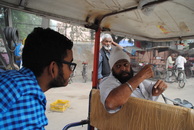 Last week will probably go down in history as one of those decisive shifts in the geopolitical landscape. For those that have not read the Brexit properly, Trump's victory only confirms the global rift between the international force for progressive inclusive development and those that feel disenfranchised by it at home. The global consciousness shaping pro-poor and pro-planet policies in the previous decade is gradually overtaken by the notion of self-interest, stability and security. The ones that have suffered most under the ‘free market’ ideology, are now turning to those who benefited most of it for their rescue. The likes of Trump have been moving their assets abroad or made use of loopholes in the law that enabled them to protect their assets or avoid taxation. Their credo: not the state but the market will provide for jobs, health and happiness. In this philosophy there is no space for losers, which the state would normally take care of. The victory of Trump very much resembles the philosophy of Ayn Rand, who wrote her bestseller novel "Atlas Shrugged" in 1957. John Galt, the main character in "Atlas Shrugged", speaks against what he sees as the evil of collectivism and the idea that individuals must be responsible for each other, and says that should be replaced by voluntary association and adherence to rational self-interest. Exactly this has already for years dominated the development discourse in the Netherlands to the detriment of international solidarity underpinning the Universal Declaration of Human Rights. A new sort of tribalism that puts own people first. Trump in many ways resembles “John Galt” and the way he addresses the mass in his famous speech. Knowing that the likes of Alan Greenspan, who some claim caused the financial crisis in 2008, were fervent supporters of Ayn Rands objectivism, we should treat Donald Trump with a good level of suspicion. Trump seems to follow Marry Poppins advice: “A spoon full of sugar makes the medicine go down”. However, nobody knows what the medicine is and whether it will cure the current disease. It is clear that the Washington consensus is back again and the notion of rational self-interest and market fundamentalism has overtaken the world. In the meantime, the world is watching. And to no one’s surprise nations like Russia and India are welcoming the change of wind in Washington. Less talk of human rights and more talk about good trade relationships, with economic diplomacy gaining ground. It will be important to monitor that public office will not be used for private gain. Crack-down on the Indian black economy having huge impacts on peoples lives Public engagement with the market was also demonstrated in India in the past week. On American election day Prime Minister Modi suddenly announced that all currency notes of 500 and 1000 roepies lost their economic value. They could only be returned to the banks in small quantities, first 4500 a day and currently only 2000 a day until December 31st. This will leave heaps of money worthless (I myself was left with a ten thousand roepies that were no use to me any more). In this effort to formalize the huge informal economy, which is rampant in India, many small and medium enterprises suffered losses. Also private drama's occurred as many marriage ceremonies (often paid in cash) were canceled with families seeing their capital going up in smoke: micro-level disasters at a massive scale. Nevertheless the Prime Minister was praised by many for his courageous step, which many felt would help improving accountability and fighting corruption while increasing the tax base. Noticably few winners could also be detected, with a surge in mobile banking following page-width advertisements for mobile banking featuring the photograph of the Prime Minister himself. Diwali Disaster and Climate Change In the week preceding the US elections, I attended the Asian Ministerial Conference for Disaster Risk Reduction in New Delhi. It was organised right after the Diwali festival ended. Diwali has its beautiful tradition of lighting candles, communicating the victory of light over darkness. However, fire-crackers have now entered the scene and together with fires of crop residues lit by farmers in neighbouring states darkened the skies for weeks, contributing to tremendeous pollution. The municipality even had to decide to close the schools for three days and advised people to stay inside since the pollution levels exceeded the allowed levels with a tenfold, hitting the ceiling of measuring equipment. The Sikh driver of the motor riksha that we used to get us to Delhi hut for bringing a few presents home only smiled and pointed to destiny that had brought us together. It just goes to show that despite all economic turmoil and geopolitical change Diwali had certainly arrived. For him no mouth cover. And rightly so, as it would have taken away the best smile of the day. 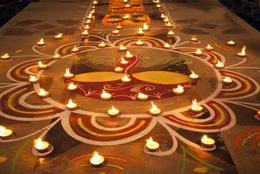 Next week I am hoping to attend the 1st Asian Ministerial Conference on Disaster Risk Reducation in New Delhi, India. The meeting is a follow-up to the global meeting in Sendai last year. I will support the teams from Partners for Resilience from India, Indonesia and The Philippines. The meeting starts rigth after the last day of the Diwali festival, hugely celebrated as I recall from our years in India. Spiritually Diwali signifies the victory of light over darkness, good over evil, knowledge over ignorance, and hope over despair. The timing of the conference could not have been chosen better in that regard as far as the Indian hosts are concerned. I am flying in on October 30, Amavasha, the highlight of Diwali, with new moon. When the moon has completely disappeared and lights are lit over the whole city. Must be an astonishing view from air (if not polluted). Beautiful rangoli art will be decorating floors and doorsteps to welcome Laxmi, the godess of wealth and fortune, into the homes. However, the region is prone to disasters, bring poverty and misfortune to a a lot of homes. The Philippines is just recovering from two massive typhoons. Hence for the Ministers heading Disaster Management departments this meeting offers a good opportunity to compare notes about ways to reduce risks and search for the true diwali light that not only burns for the rich and wealthy but also turns ignorance into knowledge for the marginalized of society living in disaster prone places. Partners for Resilience will be presenting their key-statements in several sessions, highlighting the need to integrate Disaster Risk Reduction, Climate Change Adaptation and Ecosystem Management and Restoration, basically bringing together humanitarian aid, climate and development agenda's. That leads me to point to yet another imporant High Level Meeting soon coming up in Nairobi, following an earlier gathering in Mexico City two years ago. This meeting is co-chaired by the Dutch minister for Aid and Trade, Lilianne Ploumen, emphasizing the need for partnership to achieve all sustainable development goals. An online consultation on a draft outcome document has just started. Will be good to contribute and support these efforts. Anyway, to all my India colleagues I say: Happy Diwali! While many colleagues were in New York lobbying for new commitments, as program staff we were quite busy with finalizing the inception phase of one of those commitments made in Paris last year on addressing Climate Change to include vulnerable communities in negotiation processes and consider ecosystems while designing solutions. What we developed in the process is a local Dialogue Capacity Framework that contextualizes advocacy or policy influencing. An enlightment based paradigm of what advocacy and policy influencing is all about is quite dominant in the discourse surrounding advocacy programming. Whether an NGO is considered a good watchdog is hard to judge for outsiders. Do you know what it needs to bark on? Asking a dog itself what capacities it requires for 'barking' may sound a bit odd. The question probably is not how to bark but when to bark. This may particularly hold for NGOs that bark all the time, but are not listened to or in the worst case are even put in a kennel. They may no longer be allowed to move freely over the property and snif around in places to trace intruders. So how to strengthen watchdog capacities? What makes a good watchdog? Does its size matter? Or its previous experience with intruders? Or does its relationship to the landlord matter for the energy it puts into protection. If the landlord is not nice to the watchdog, will the dog stay at the compound, or will it run the moment the gate is found open? Writing nice policy briefs (bringing the newspaper from the doorstep to the living room) will be appreciated but is this always required? The strange thing with dogs is, even if the owner does not treat her well it usually stays loyal. It is going to be important to know what behavior a dog shows in the face of change of environment. Exposure to other dogs often triggers more barking then necessary or desired. Maybe it is time for some hunting dogs who cooperate better and are out in the field to drive their prey in the desired direction. In fact, it is interesting to learn about the different roles a dog can have and the website dogscience.org carries a number of important lessons that equally may apply to NGOs that consider themselves watchdogs but are in fact barking dogs. Voilá, your recipe for effective advocacy training! The most important question to ask would probably be: Whose 'dog' are you training? "The role of the watchdog is not to attack intruders. Nor is it to forestall an attack by the same. Nor, is the role of the watchdog to bark at everything he sees. Rather, the proper role of a well trained watchdog is to sound the alarm by barking when he sees someone do one of those specific things that he has been trained to watch for. Your task as someone who is about to train a watchdog is - first - to make a list of those things that you want your watchdog-to-be to bark at and - second - to arrange the training contingencies to ensure that your dog always barks at those things. However, just as importantly, you must ensure that your dog will bark only at those things" This week several of my colleagues left for New York to attend a number of key-gatherings in an attempt to sustain the momentum of last years gatherings where new agreements were reached on how to deal with disasters (Sendai), climate change (Paris) and bring about sustainable development (New York).
The UN Summit for Refugees and Migrants that was held on the 19th tilts the landscape and yields yet another declaration: The New York Declaration. Already referenced as a land-mark shift towards the modernization of refugee and migration law. The Secretary General also launched a new campaign: "Together - Respect, Safety and Dignity for All" which he must have taken off our walls at the CARE office. It should all culminate in a new conference in 2018. Today the initiative was followed by a conference entitled "Large movements of refugees and migrants: Global challenge, regional responses, comprehensive strategy" organized by Italy. Italy has also been the initiator of another Global Compact on Migration feeling the pressure head on. Frederica Mogherini, the EU foreign secretary, informed the audience about a new External Investment Plan from the EU to combat illigal trafficking of people. It mobilizes 44 billion euro to accompany private investors in fragile states and to foster economies in these countries supporting infrastructure, market development and small and medium enterprise development linked to job creation. All linked to the sustainable development goals of course. Resources for this investment plan have already been allocated. The Dutch Minister of Foreign Affairs Bert Koenders was appreciated for his effort to kick start this initiative. Mogherini was only quick to state that saving lives has to be prioritized. And here is where I am 'missing the boat'. Are we saving lives by investing in Africa? Of course investment is needed to address root causes, but also aid is needed. Getting entrepreneurs responsibly invest in Africa still remains a challenge, certainly in fragile contexts and even in seemingly less fragile contexts as witnessed by recent events in Ethiopia with attacks on foreign businesses. Tomorrow another initiative will be launched by the Secretary General: "Platform for Action Change and Transformation" that provides for the implementation of the commitments made at the World Humanitarian Summit in Istanbul, earlier this year. With the impressive list of declarations, initiatives, compacts and conferences and the number of previous commitments referenced in paragraph 1.19 of the New York Declaration, you would agree with the Dutch vice-Minister Andre Haspels echoing the speech of his Minister Koenders today: "let's turn intentions into actions", something the Secretary General also must have thought after the Istanbul World Humanitarian Summit. John Mitchell of ALNAP rightly referred to this phenomenon as a commitment gridlock calling for some concerted action. However, also today budget discussions took place in The Hague in the Netherlands. They show a grim political reality in terms of readiness of the Dutch to pledge towards an unambivalent aid and investment programs. Instead a 0.5 billion budget cut in humanitarian aid appeared in the proposed budget. Some real transformation is needed in Dutch politics. (below the WHS framework with 24 shifts/changes in direction proposed - also check out the Sustainable Development Knowledge Platform on the status of various UN processes) 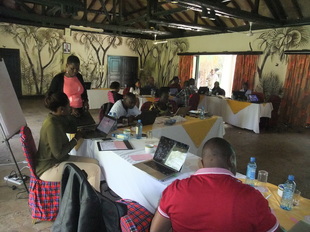 Right after my holiday ‘work’ was awaiting. While my wife was to take on a whole new contingent of fresh kids at high-school, I was to be part of a 'herd' of NGO staff members in one of the national parks of Kenya. I facilitated a training in Sarova Shaba Game Lodge, which is located near the town of Isiolo, in Shaba, one of Kenya’s biggest national parks. It remains one of the best parts of my work, to be able to see places and meet people. The training I facilitated is part of a program that promotes constructive dialogues between decision-makers and vulnerable communities facing the dramatic consequences of climate change. A week before the training when the training venue was confirmed I had some serious doubts. Were there no hotels in Nairobi to accommodate us? What about our carbon footprint taking us 300 kilometers into the Kenyan landscape? And would the cost of the training not increase considerably staying at a high-end hotel? My calvinistic work ethics played-up again I guess. Once amidst zebra’s, elephants and giraffes along the Ewaso Ngiro river, and seeing pastoral communities along the roads herding their goats and camels, I realised there was no better place to conduct this training. Not only did it manage to keep people in the training room, away from other obligations and priorities that would appear at any given time should the training have been in Nairobi. I also underestimated what local networks can deliver. The program coordinator, originating from the same area which is also one of the program areas, had ably negotiated a very low fare, which easily beat hotel fares in Nairobi. The conference facility was well equipped and bordered a very peaceful shallow water pool with fishes and turtles to keep us company during the coffee-breaks. Rooms were located along the river with crocodiles and other reptiles regularly appearing ashore and baboons jumping the trees. Being focused on the training itself, I had not scheduled for any tour or recreational activity. Nevertheless the program coordinator arranged for a game drive one late afternoon from 5 to 7 pm, when the animals started moving again, and it was good she did. The number of elephants, giraffes, gazelles, zebra’s and buffaloes we encountered was impressive and with the help of one of the park rangers we even managed to spot a lion. Various birds surrounded the predator waiting for their turn and telling the ranger about the whereabouts of the lion. The very presence amidst so much beauty that is being endangered by climate change underscored the relevance of our program that is promoting landscape approaches and river basin management, bringing the various (often conflicting) interests together, while protecting wetlands that fulfil a crucial role in wildlife conservation. Naturally we also could not escape the usual cultural dance at a closing dinner pretentiously called a bush camp fire dinner, which given the security measures around the hotel grounds could hardly be referred to as being in the bush. However, not after one Samburu men introduced us to Samburu culture using beamer and screen, which contrasted surreally with his traditional clothing and the nature in its direct surrounding. It was also good to note that not only to me his story was new, but also most of my Kenyan and Ugandan colleagues, having various backgrounds, were similarly enjoying the exposure. On the trip back to Nairobi, as part of conversations about family life in Kenya and Holland, I was told that the sudden drop in international tourism, following the terrorist attacks of Al Shabaab, had finally opened up places to Kenyans. In the past multiple places where exclusively accessible to foreigners and Kenyans were not welcomed. Today, the middle-class in Kenya is the thriving engine of the tourist industry, and are equally met with hospitality services. All in all, the training was an experience of good friendship and great change potential given the active participation during exercises and consultations between the two country teams and creativity displayed. Thank you Kenya and Uganda for welcoming me allowing me to be part of your journey. At the closing dinner I received, as a sign of appreciation, a Samburu name: Lepario (the blessed one). I could not agree more. |
About meMy name is Reinier van Hoffen. U®Reading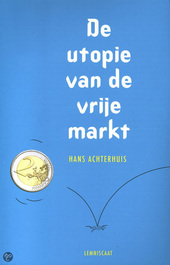
Click here for a summary.
Also find the text of a lecture Dr. Achterhuis held at the 2012 Bilderberg conference. Archives
August 2022
|
AddressNachtegaallaan 26
Ede, the Netherlands |
Telephone+31 (0)6 1429 1569
|
|
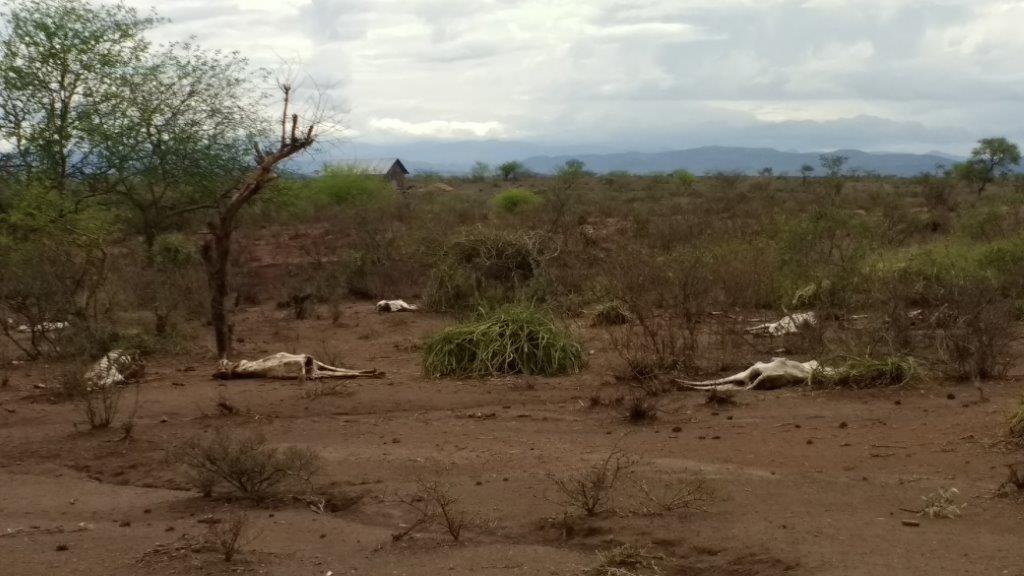
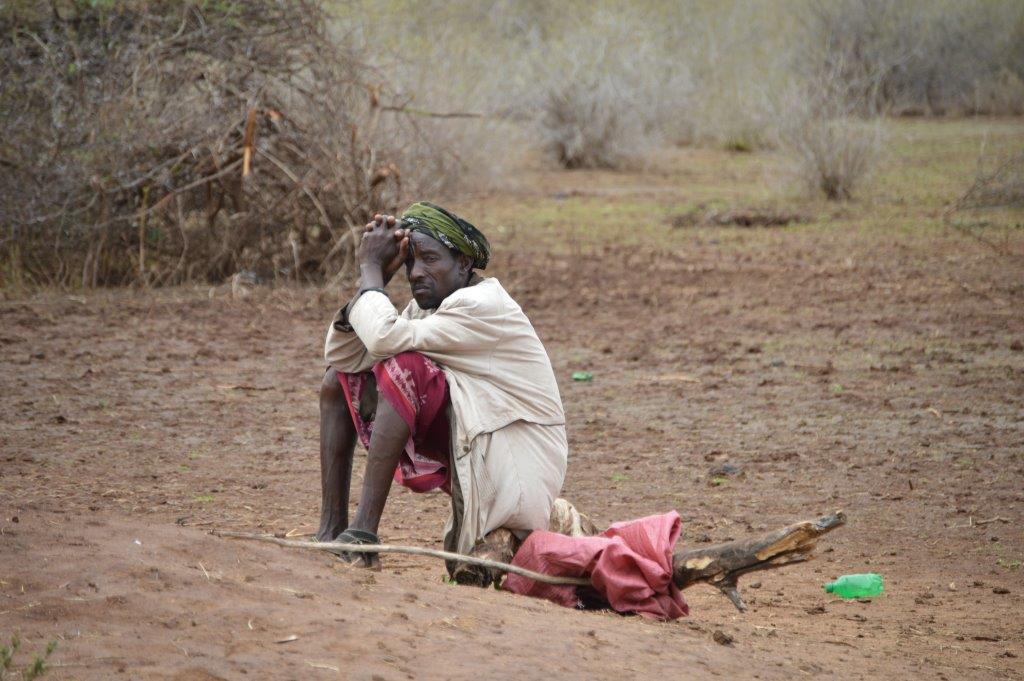
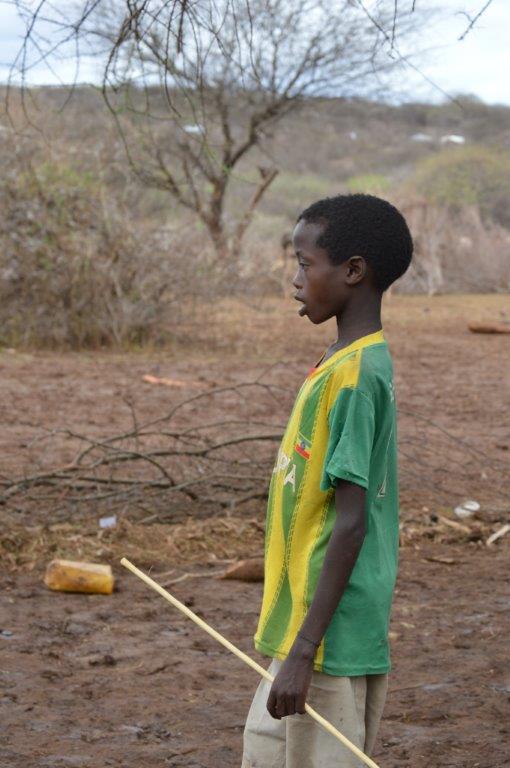
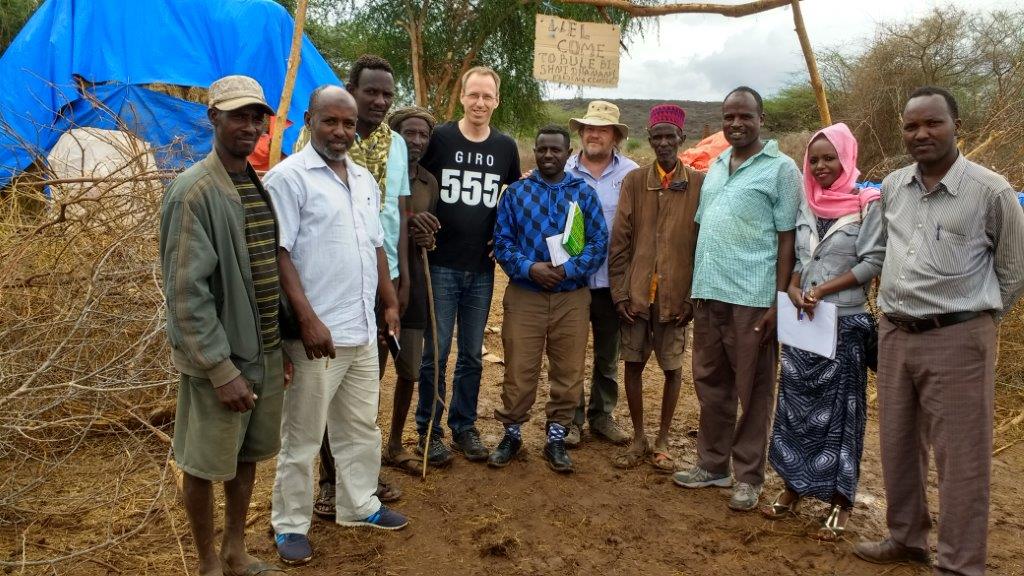
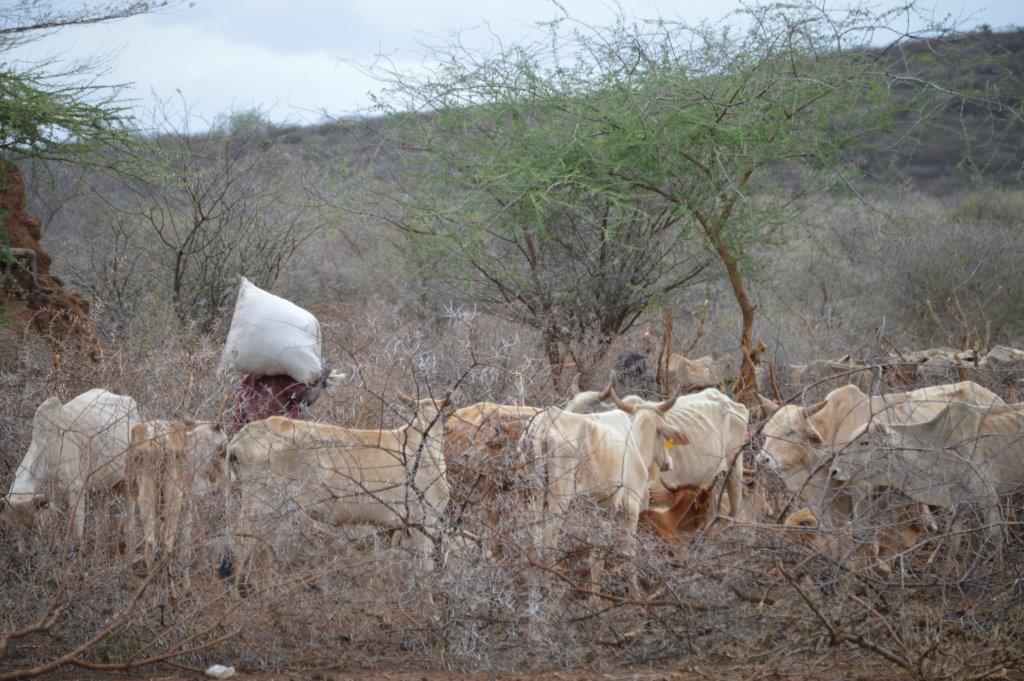
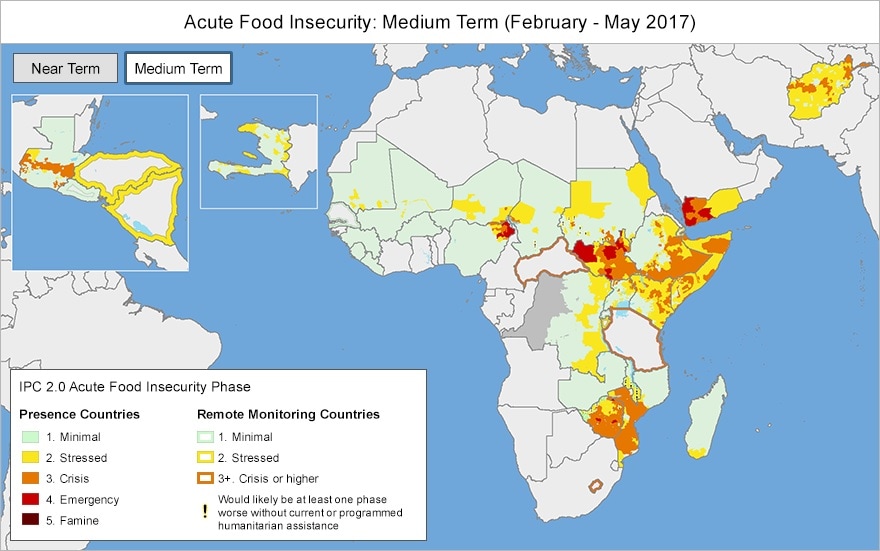
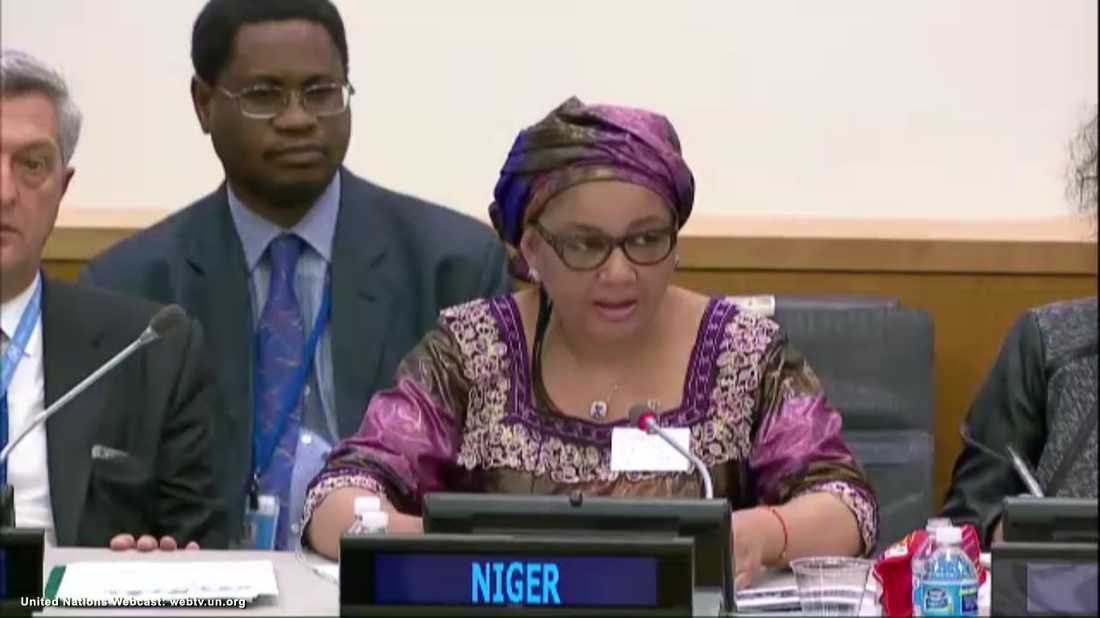
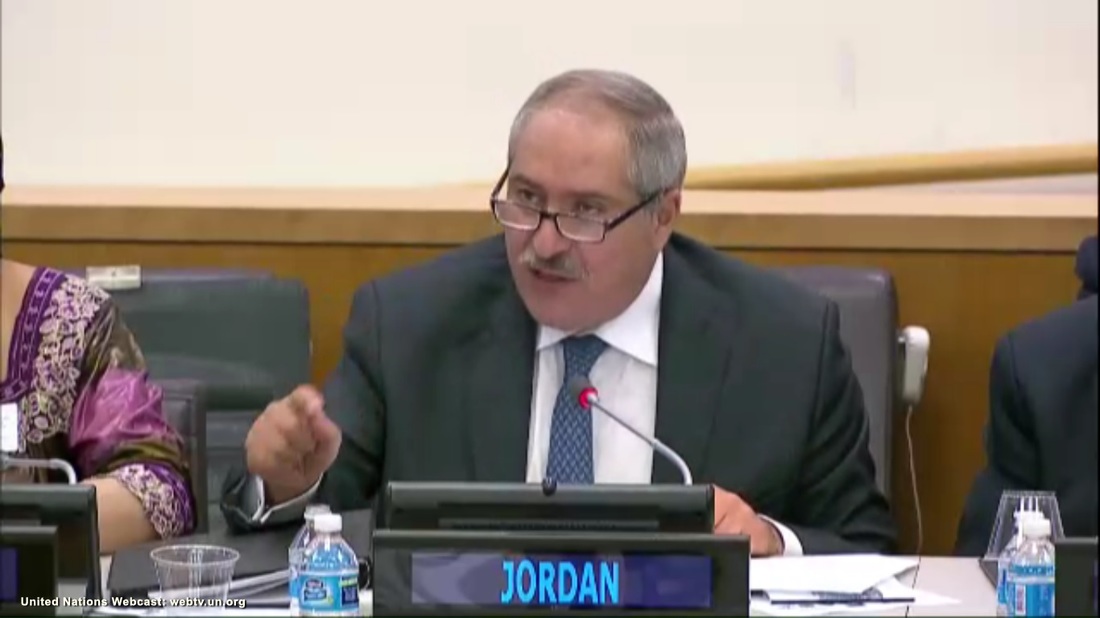
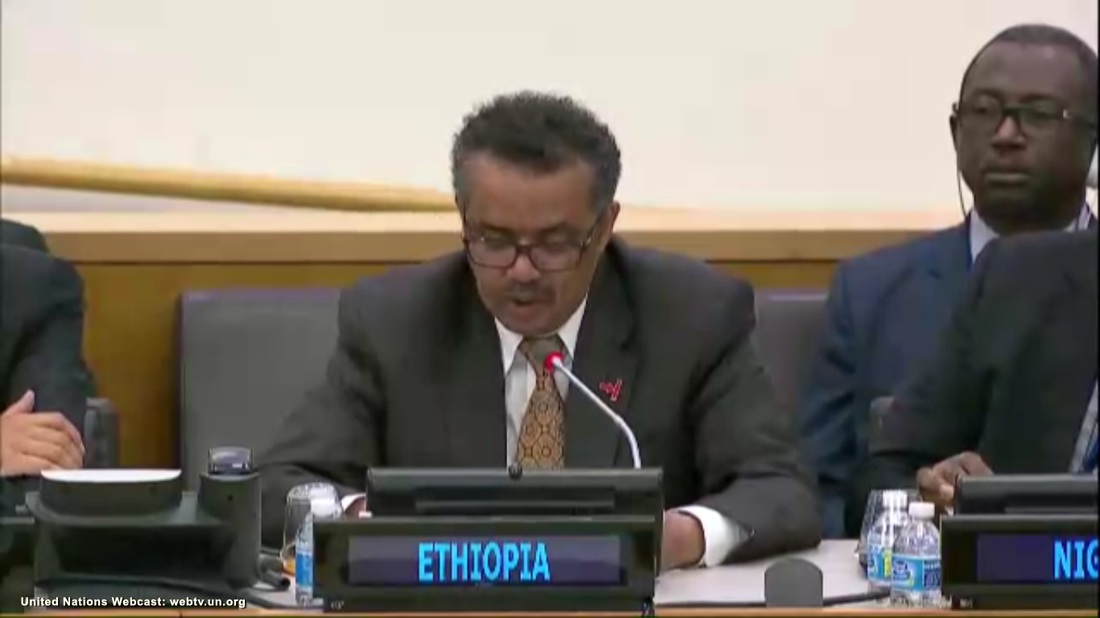
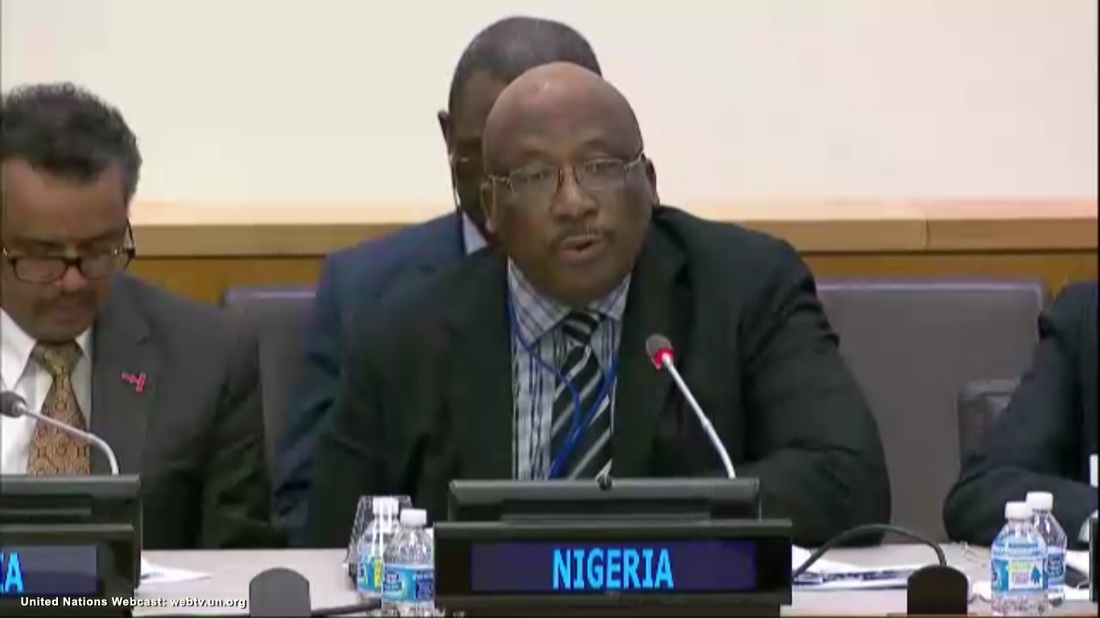
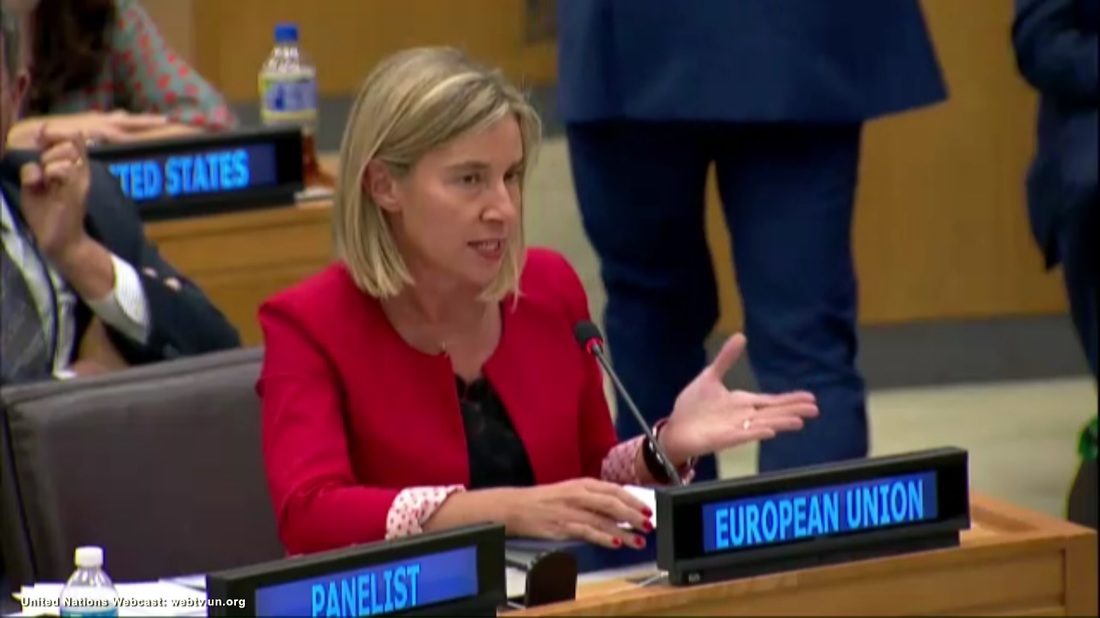
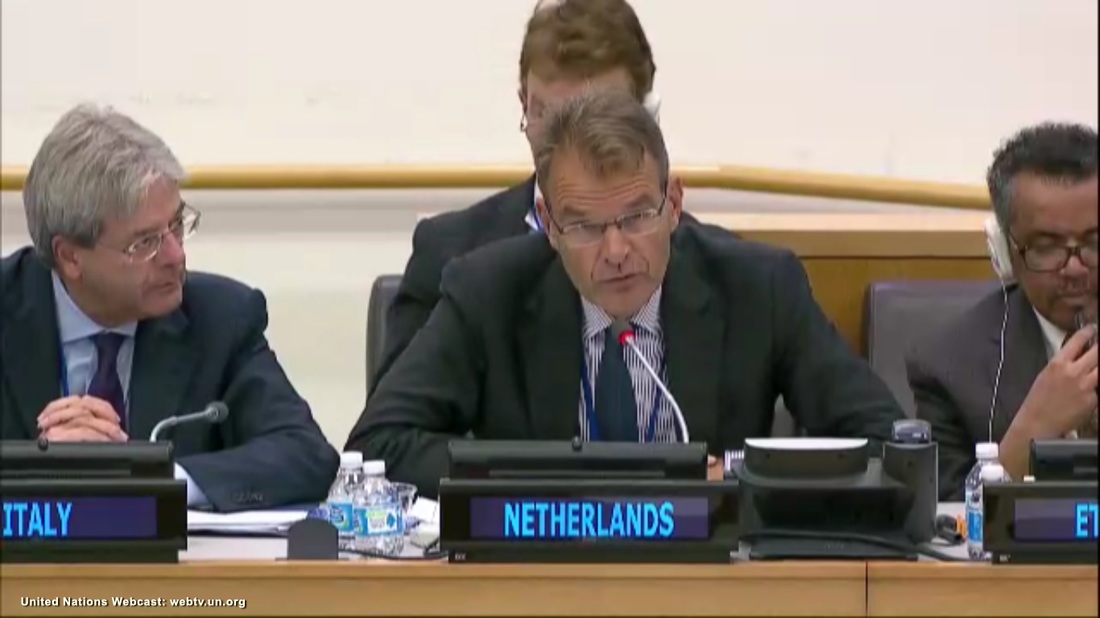
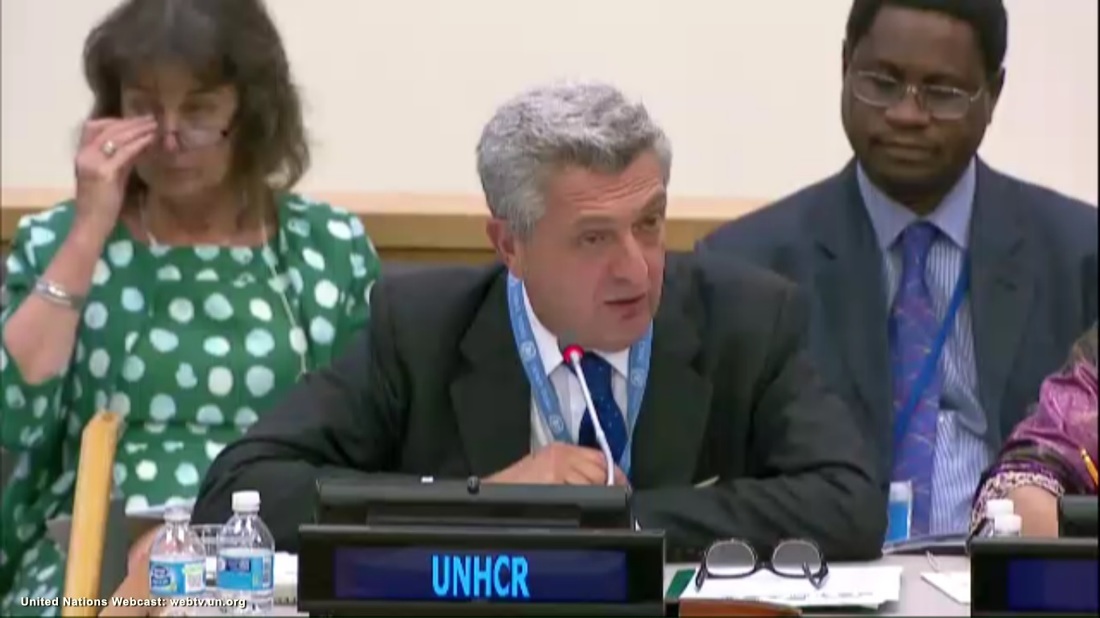
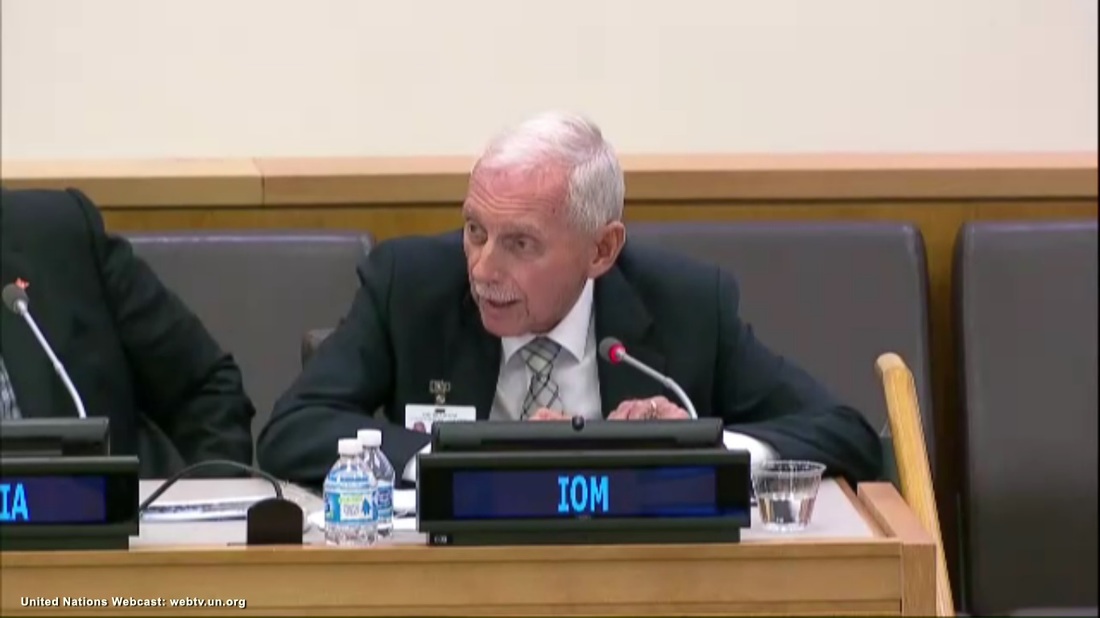
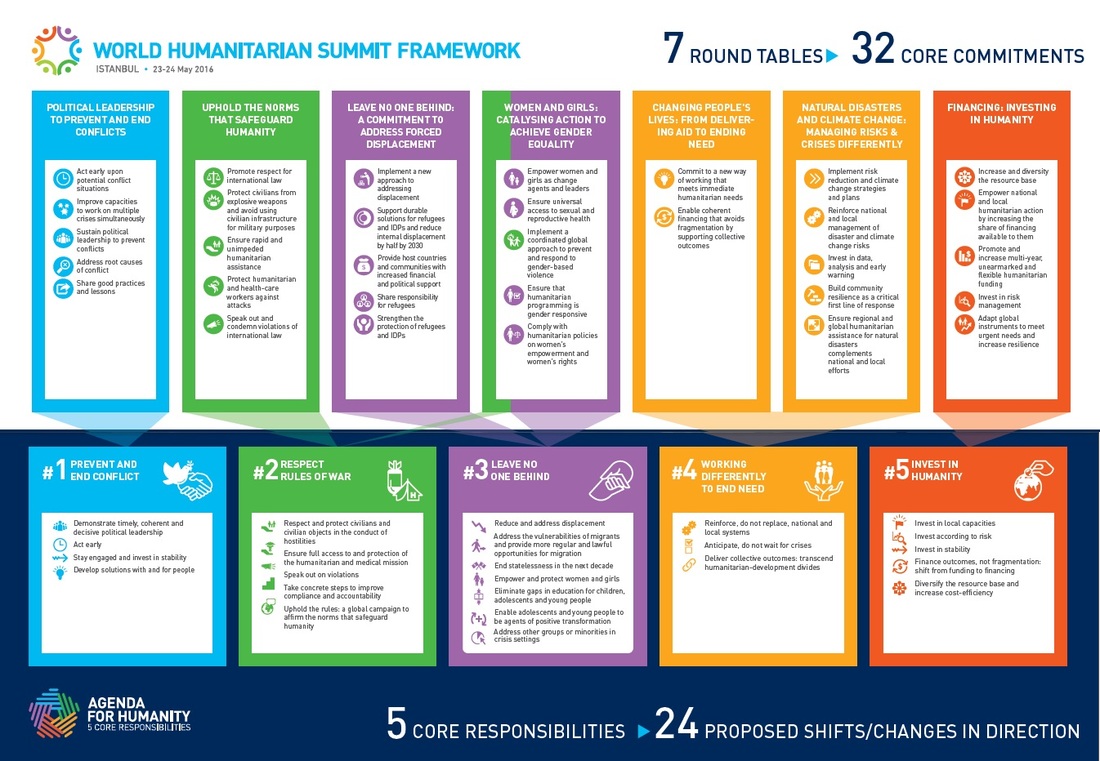
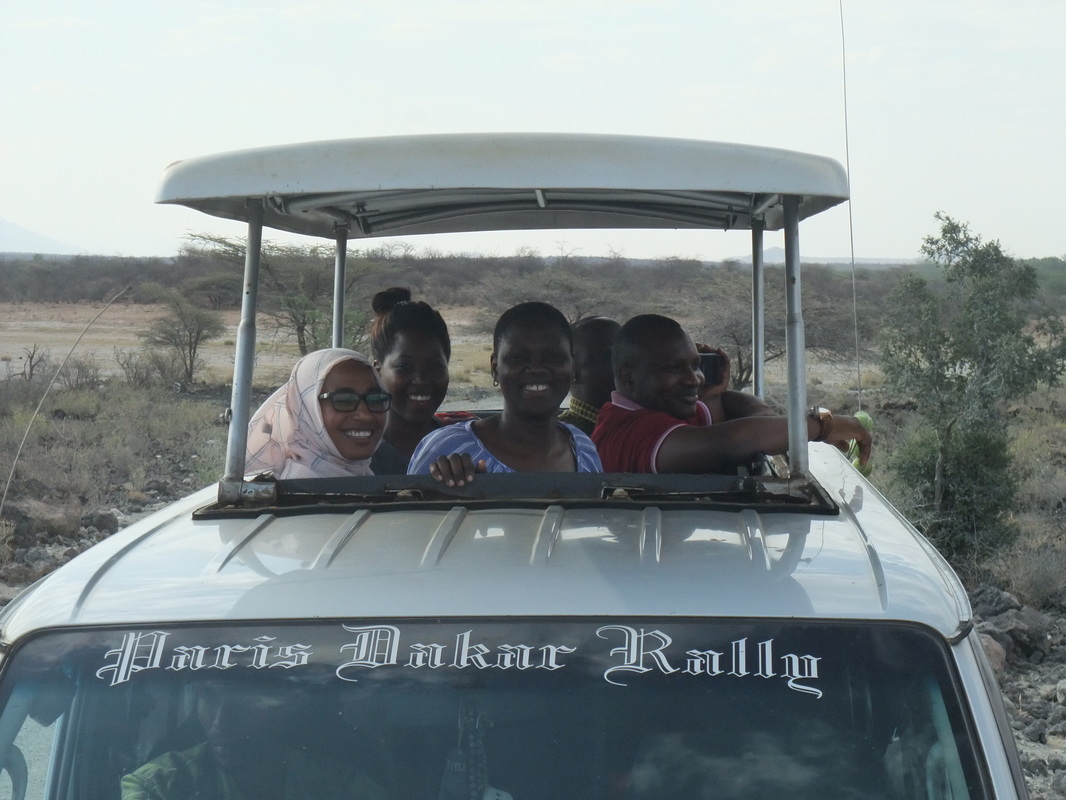
 RSS Feed
RSS Feed

